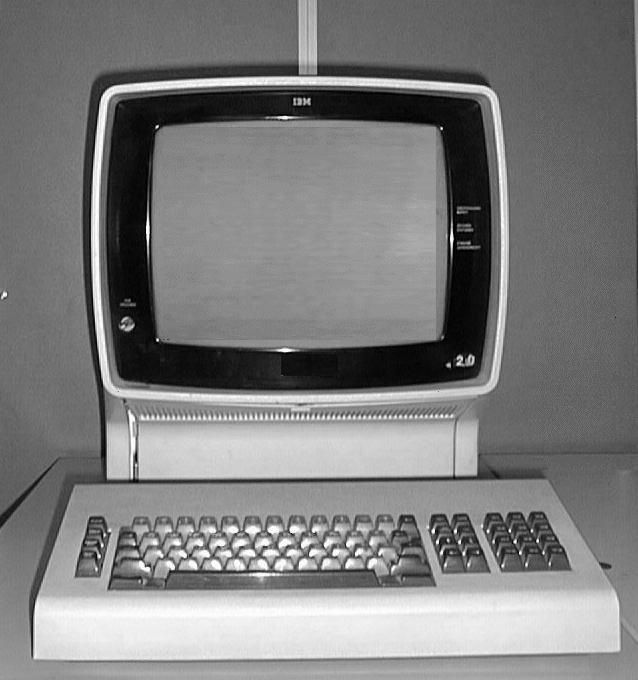The IBM 3270

Users are generally presented with forms to fill out. The user moves about the form with arrow, tab, and backtab keys, filling in and correcting the various fields, and then presses the Enter key when ready to submit the form to the mainframe. The mainframe receives a series of data elements tagged to identify which field they belong to. When the mainframe is not ready for input, it literally "locks" the keyboard.
At some point after the introduction of 3270 terminals, 3270 protocol converters began to appear, which allowed ordinary ASCII terminals to access 3270 applications by masquerading as 3274 control units to the mainframe and converting between 3270 datastreams and the escape sequences of the particular ASCII terminal. Examples include the IBM Series/1, the IBM 7171, the IBM 4994, the IBM 3174, plus various non-IBM products including, most recently, generic terminal servers and UNIX host computers or workstations offering tn3270 connections.
- IBM 3270,
Wikipedia, accessed 27 March 2021.